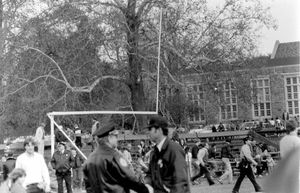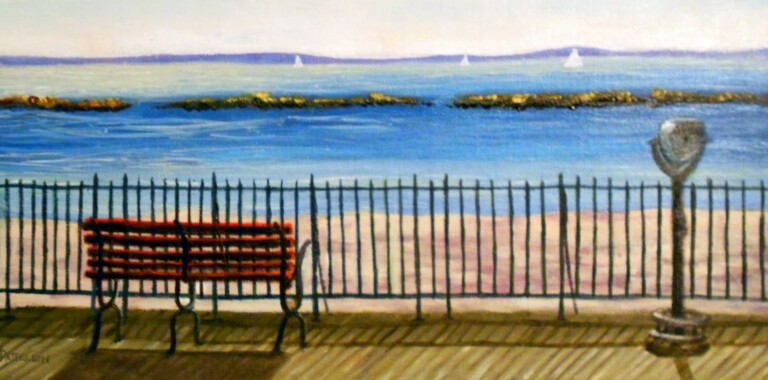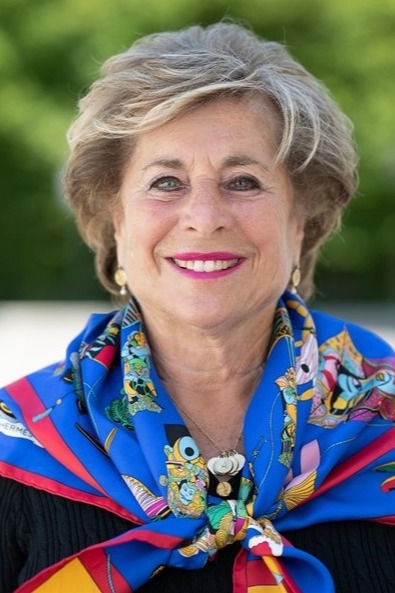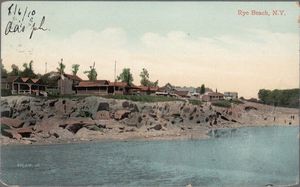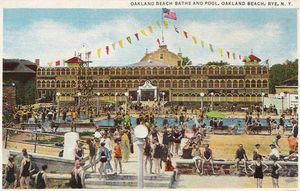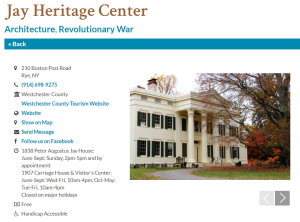Papers from Our Past: How Does a War End? A Veterans Day Story
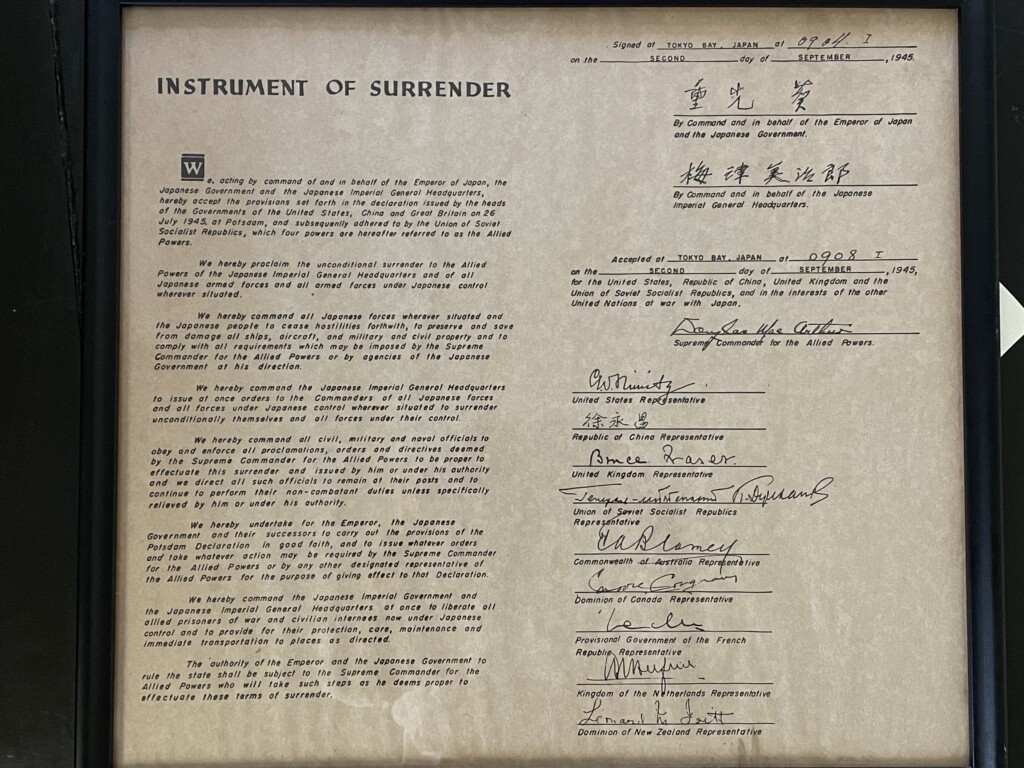
MyRye.com is working with the Rye Historical Society on Papers from our Past. The Rye Historical Society Archives contains centuries of stories, from everyday life in Rye to significant events in American History.
by Alison Cupp Relyea, Director of Programming and Education for the Rye Historical Society
Over the summer, our nation watched in disbelief as the decades-long War in Afghanistan came to a close. As we honor our veterans this Veterans Day, we should take time to reflect on these recent events and how it must have felt for veterans of Iraq and Afghanistan to witness the dramatic shifts in power as our troops withdrew. Wars can end in all different ways, with the Taliban takeover in August bringing memories from the final months of the Vietnam War to the surface once again.
In our community, we have a history of dedicated service, and a group of volunteers who work to honor this history by collecting stories and maintaining a database at RyeVets.org. In recent weeks, MyRye.com has run a number of these veteran stories in anticipation of Veterans Day.
In the collection of the Rye Historical Society, one artifact from a Rye vet family, Bruce Gorton Jenkins and Frederick Davis Jenkins, Jr., tells the story of the final days of World War II, when Japan surrendered to the Allied forces. While many Americans consider the war to have ended with the bombing of Hiroshima and Nagasaki, the final day of the war came a few weeks later, on September 2, 1945, with the formal surrender by the Japanese government on board the USS Missouri. President Truman chose the Missouri for this ceremony for two reasons: It was a key battleship in the War in the Pacific and was named after his native state.
The document signed on board the USS Missouri, the Instrument of Surrender, was first signed by Japanese Foreign Minister Mamoru Shigemitsu on behalf of the Japanese government, followed by General Yoshijiro Umezu who signed for the Japanese armed forces. Supreme Commander Douglas MacArthur signed next, followed by leaders from each of the Allied Forces. Originally MacArthur had eleven copies made of the document, but increased this for distribution among Allied nations.

